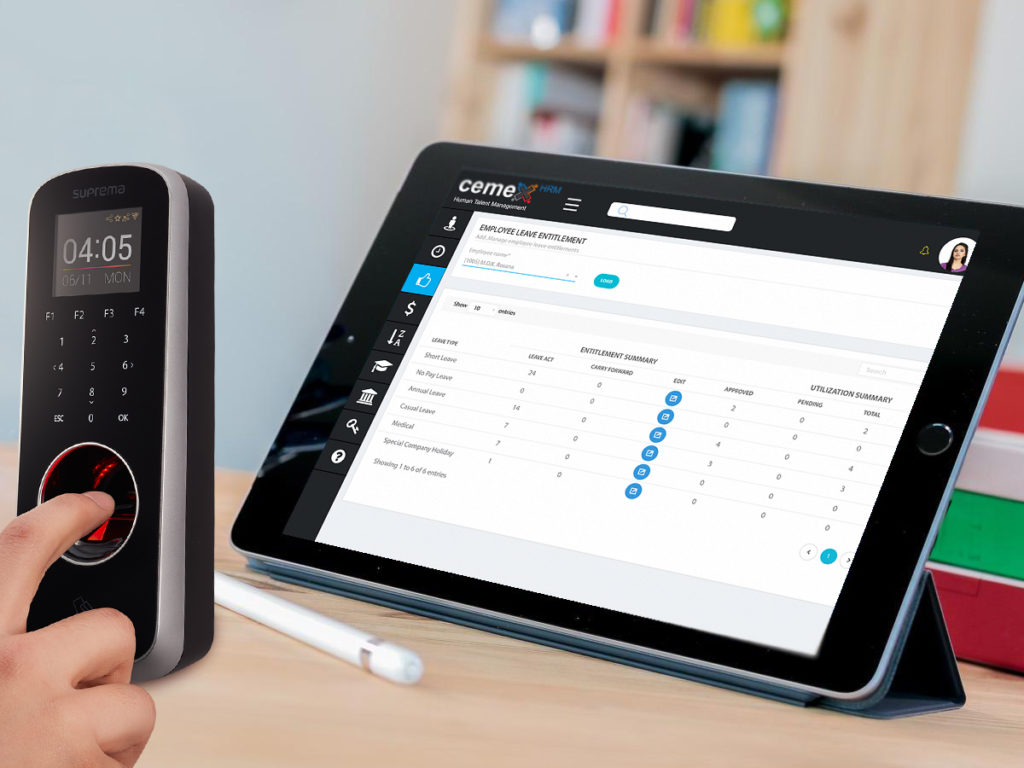
Realistically speaking, choosing the correct HRM software for your company is not difficult. We have at our fingertips a ton of online resources and information to browse that gives us an in depth understanding of a software’s features and suitability to our requirements. It is after we select the vendor that the truly difficult task arises. As a company’s HR department, you should be aware of the practical elements and functions that must be smoothened and sorted out for the seamless implementation of the chosen HRM software.
Plan
By the time you agree to the vendor you should have a strategic plan in place. As far as possible, you should take all aspects and risk factors into consideration and work on contingency plans. Discuss with your vendor their specific requirements for implementation and work with your teams to facilitate those requirements. Also, your vendor should provide clear guidelines and timeframes and timelines for the implementation. Both parties should be on board with working to the same plan.
Data
This is essential. You should have in place clean data for migration. Collect, up to date, accurate and clear data, that can be entered to the system with confidence and not need to be corrected later. Closer to the implementation date yet giving employees and your staff sufficient time to compile it, request for the relevant data to ensure the pristine condition of the data being uploaded to your new system. A smooth and accurate data flow will help the implementation happen according to the scheduled timeline.
Extra work
A new implementation will mean extra work, such as work after hours and even on holidays. Once you have worked out a suitable timeline with your vendor, make sure that your team is on board and clear about the responsibilities involved and the importance of each person’s role. Also, ensure that there is a free-flow of information and open discussion so that if there any concerns it can be addressed immediately and that everyone knows which areas need to be prioritised. Always keep in touch with the vendor and seek updates on the implementation at each stage of the process.
Budget
You have a budget, for the purchase, implementation, overtime and miscellaneous needs. You have to ensure that you stay within your budget, which means you stick to the strategic plan and not fall into the temptation of adding on or going beyond your initial requirements. There will always be suggestions that come your way later in the day, but not complicating matters further and staying within the planned scope will help the implementation go smoothly.
Unforeseen
As with any project, there will always be unforeseen issues that arise during the implementation and throw the process off kilter. If you have your strategic plan and contingency plan at hand, then you should be able to handle each stage and process in a methodical manner. Quick thinking and decision making will be your go-to requirements and will help you experience a successful implementation, hopefully with minimum stress.
 Leave Management
Leave Management HRIS
HRIS Time & Attendance
Time & Attendance










